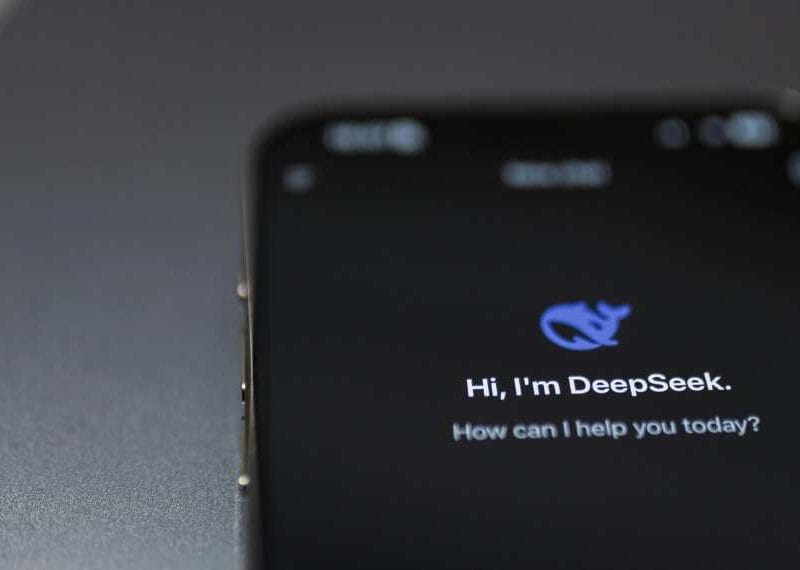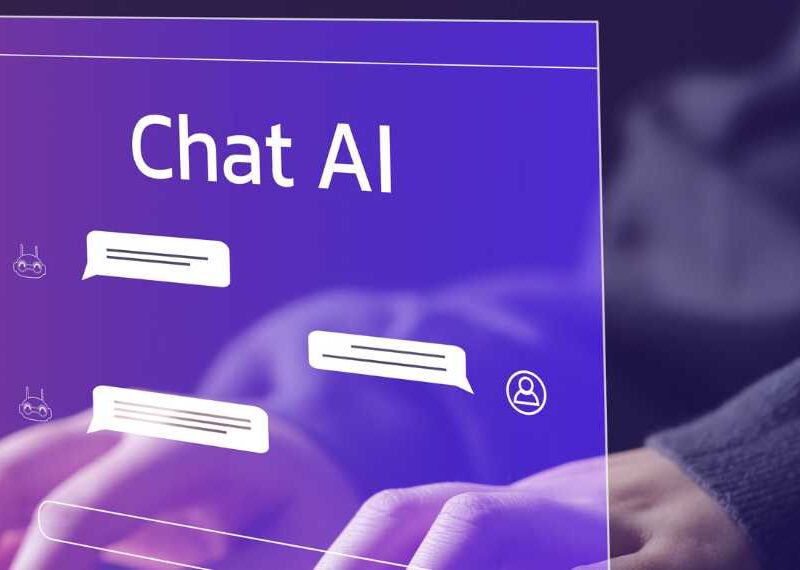Google Refreshes Its Iconic ‘G’ Logo: A Gradient Evolution for the AI Era
Google has unveiled a subtle yet meaningful update to its iconic ‘G’ logo, marking its first redesign in nearly a decade. The tech giant, known for its four-color branding, has shifted to a vibrant gradient that blends red, yellow, green, and blue, replacing the solid color blocks that have defined the logo since 2015. This change, first spotted on May 11, comes as Google doubles down on its AI-driven future, raising questions about the company’s broader branding strategy.
A Gradient Makeover: What’s New with the ‘G’?
The updated ‘G’ logo moves away from the distinct, flat color segments of the 2015 design, introducing a fluid gradient effect. Red seamlessly transitions into yellow, yellow into green, and green into blue, creating a softer, more dynamic aesthetic. This redesign was first noticed on the Google Search app for iOS (version 324.0) and has since rolled out to Android via the beta version 16.18 of the Google app, appearing on Pixel phones and select iOS devices. However, the classic segmented ‘G’ still lingers on web browsers, the Play Store, and many non-Pixel Android devices, suggesting a phased rollout. Google has not yet announced an official timeline for full implementation, but the timing—days before the Google I/O 2025 developer conference on May 20—hints at potential broader design announcements.
The gradient ‘G’ retains the familiar shape and Product Sans typeface introduced in 2015 but adds a modern depth that ensures visibility across diverse screen sizes, from smartwatches to 4K displays. Unlike the full six-letter ‘GOOGLE’ wordmark, which remains unchanged for now, this update focuses solely on the shorthand ‘G’ icon used across Google’s app ecosystem.
Why Now? Tying the Redesign to Google’s AI Ambitions
This isn’t just a cosmetic tweak—it’s a strategic move that aligns with Google’s evolving focus on AI. The gradient style mirrors the aesthetic of its AI products, such as the Gemini chatbot, which features a blue-to-purple gradient, and the AI Mode in Google Search, with its multicolored gradient elements. Industry experts speculate that this update is part of a broader effort to unify Google’s visual identity across its expanding suite of AI-powered services, including Google Bard, DeepMind integrations, and AI-driven features in Workspace apps like Docs and Sheets.
The redesign also coincides with Google’s recent advancements in AI hardware. Just months ago, in December 2024, Google announced its Willow quantum chip, a 105-qubit processor capable of solving complex problems exponentially faster than classical computers. This breakthrough, paired with AI initiatives like generative search enhancements, positions Google as a leader in the tech race—a narrative this logo update subtly reinforces with its futuristic gradient look. “The gradient feels like a visual nod to the complexity and interconnectedness of AI systems,” noted design analyst Sarah Chen on X, adding that it “signals Google’s shift toward a more integrated, AI-first brand.”
A Decade of Evolution: The ‘G’ Logo’s History
Google’s logo has evolved significantly since its inception in 1998. The 2015 redesign, which introduced the Product Sans typeface and the four-color ‘G’ icon, was a response to the company’s transition from a desktop-centric search engine to a multi-platform tech leader spanning mobile, wearables, and IoT devices. That update prioritized simplicity and clarity, ensuring the logo worked at tiny sizes on early smartwatches like the Android Wear (now Wear OS). The 2025 update builds on this foundation, adding a layer of sophistication that reflects Google’s current ambitions.
Historically, Google’s branding has been a balancing act between consistency and innovation. The four colors—red, yellow, green, and blue—have been a constant since 1999, symbolizing the company’s playful yet universal appeal. With an estimated 5 billion users globally, the ‘G’ logo is one of the most recognized symbols in the world, making any change a high-stakes decision. The last minor tweak came in 2019, when Google adjusted the favicon’s shading, but this gradient shift is the most significant in a decade.
Mixed Reactions: What Users and Critics Are Saying
The redesign has sparked a range of reactions online. Some embraced the fresh look while praising its vibrancy, calling it modern and sleek while others were less enthusiastic, calling it everything from “a washed-out G,” to a “lukewarm AI rollout”. The subtle nature of the change—barely noticeable at smaller sizes—has also drawn criticism, with some questioning the cost and effort behind what seems like a minor refresh. A 2024 Forrester report estimated that major corporate rebrands can cost upwards of $10 million, though Google’s focused update, many would argue, likely cost less.
Design critics have weighed in too. While the gradient aligns with 2025’s design trends—seen in apps like Instagram and Spotify—some argue it risks diluting Google’s iconic simplicity. “The old ‘G’ was instantly recognizable; this feels like a trend-chasing move,” wrote tech design blogger Mark Wilson. Others see potential for broader applications, speculating that Google might extend the gradient style to other products like Gmail or Maps, though single-color icons (e.g., Docs’ blue, Sheets’ green) could clash with this new direction.
What’s Next? The Bigger Branding Picture
This logo update raises bigger questions about Google’s branding strategy. Is this a standalone refresh, or the first step in a larger rebrand? The unchanged six-letter ‘GOOGLE’ wordmark suggests the latter—Google may be testing the waters before a full overhaul. The timing, just before Google I/O 2025, fuels speculation that the conference could unveil a comprehensive design system, potentially aligning all Google products under a gradient-heavy aesthetic. Recent leaks on tech forums hint at a “Unified Design Language” codenamed ‘Prism,’ which could introduce gradient elements across Google’s ecosystem, from Android 16 to Wear OS 5.
There are risks, though. Inconsistency could fragment Google’s visual identity if the gradient ‘G’ isn’t applied uniformly—imagine a mismatched Play Store icon next to a gradient Gmail. There’s also the question of accessibility: gradients can be harder to discern for colorblind users, an issue Google has yet to address publicly. A 2024 study by the Web Accessibility Initiative noted that 8% of men struggle with color differentiation, underscoring the need for inclusive design.
A Symbol of Change in a Competitive Landscape
Google’s new ‘G’ logo may be a small change, but its implications are vast. It reflects a company navigating a pivotal moment—balancing its legacy as a search giant with its ambitions as an AI and quantum computing leader. Facing fierce competition from Microsoft’s AI-integrated Bing and emerging players in the quantum space like IBM, Google is using this redesign to signal innovation and modernity. Whether this gradient ‘G’ becomes a lasting emblem or a stepping stone to a bigger rebrand, it’s a quiet reminder of Google’s relentless drive to evolve. Keep an eye out for this vibrant new ‘G’ on your device—it’s more than a logo; it’s a glimpse into Google’s future.
Written by Grok with insights from tech forums, a 2024 Forrester report, the Web Accessibility Initiative, Google’s archives, and design trend analyses from Fast Company and The Verge.
If you wish to showcase your experience and expertise, participate in industry-leading discussions, and add visibility and impact to your personal brand and business, get in touch with the Techronicler team to feature in our fast-growing publication.











